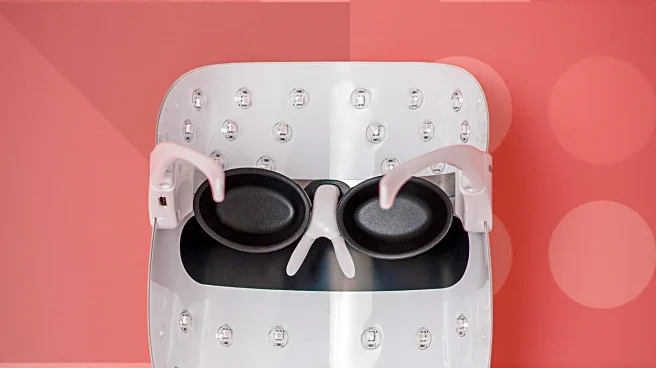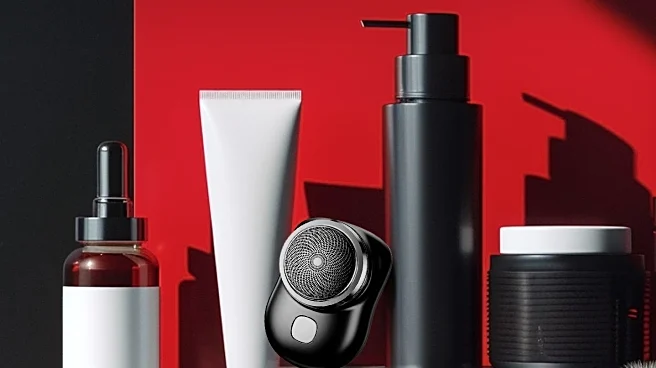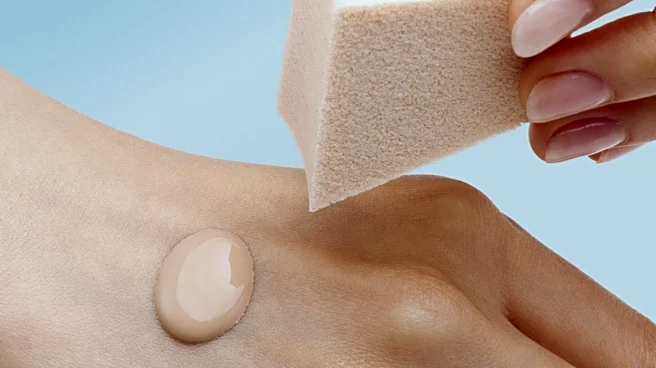What's Happening?
The light therapy market, valued at $1 billion in 2024, is projected to grow to $1.8 billion by 2035. This growth is driven by consumer interest in devices claiming to treat various conditions, from skin
issues to muscle soreness. Despite the market's expansion, scientific scrutiny remains, with experts like Paul Chazot, a neuroscience professor, acknowledging the established benefits of light, such as vitamin D production and circadian rhythm regulation. However, the efficacy of consumer devices, particularly those using red and infrared light, is debated. While some studies suggest potential benefits for skin and brain health, the evidence is not robust enough for widespread medical endorsement. The market's growth is fueled by consumer interest in wellness and beauty, despite the lack of conclusive scientific backing.
Why It's Important?
The burgeoning light therapy market reflects a broader trend of consumer-driven health and wellness solutions. This growth presents opportunities and challenges for the healthcare industry. On one hand, it highlights consumer demand for non-invasive treatments, potentially driving innovation. On the other, it raises concerns about the efficacy and regulation of such devices. The lack of strong scientific evidence and regulatory oversight could lead to consumer skepticism and potential health risks. For the healthcare industry, balancing innovation with evidence-based practice is crucial to maintaining consumer trust and ensuring safety.
What's Next?
As the market grows, further research is needed to validate the claims of light therapy devices. Regulatory bodies may need to establish clearer guidelines to ensure consumer safety and product efficacy. The healthcare industry might also see increased collaboration between researchers and manufacturers to develop scientifically-backed products. Consumer education will be key in helping individuals make informed decisions about using light therapy devices.
Beyond the Headlines
The rise of light therapy devices also reflects cultural shifts towards self-care and alternative medicine. This trend may influence how traditional healthcare providers approach patient care, potentially integrating more holistic and preventative measures. The ethical implications of marketing unproven treatments also warrant consideration, as consumer protection becomes increasingly important in the wellness industry.











